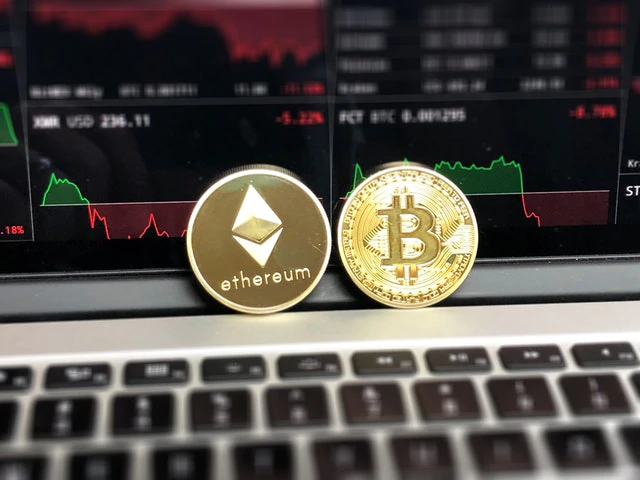If you work in the food industry and want to safeguard your customers from tainted products, you are likely wondering what you can do to reach that goal. It can take you weeks or months to track tainted food back to the original seller and the farm on which it grew. This means that getting alerts about possible issues takes way too long, and many people can get sick as a result. This guide explains why it takes too long to track food and how blockchain technology can make a positive difference for suppliers and their customers.
The Current System
You are no stranger to the current system of tracking food if you have been in the industry for a while. The current system only requires companies to log where they bought the food and to whom they sold it, but that’s not even the worst part. Many companies still only keep paper logs, making it impossible to track food online.
When public health officials spot a problem with a batch of food, they will often need to contact each company that sold and transported the food before they can uncover the source. The outdated method opens companies to liability concerns and puts people’s health on the line, which are unacceptable risks.
Understanding Blockchain Technology
Blockchain technology claimed its position in the spotlight when bitcoin became public knowledge. Although most people imagine cryptocurrency when they think of a blockchain, the technology also has many other uses. Blockchain technology is a decentralized database anyone can view, offering a level of transparency. Anybody can add data to a blockchain, but nobody can delete or edit existing data. Blockchain technology allows fast transactions and provides those who use it with peace of mind.
How Blockchain Benefits the Food Supply Chain
At this point, you are probably asking yourself how blockchain technology can benefit the food supply chain. Rather than manually calling different companies and requesting transfer logs, you can go to the blockchain and trace every product to the source in seconds. Farmers start the logging of each batch of food and document when they sell it to stores and other distributors.
Each time food changes hands, the involved parties log the transfer to the blockchain for easy access and secure storage. Health officials can trace food to the source and send out alerts that prevent retail centers from selling tainted food. Because of blockchain technology, you can take a process that once took months and do it in minutes.
Final Thoughts
The current way of logging the transfer of food makes it next to impossible for distributors to track a product to the source. This issue makes it take weeks or months to find the farm from which a batch of tainted food came, allowing many people to get sick before anyone solves the problem.
Blockchain technology defeats that problem and simplifies the tracking and logging of food sales. If you want to safeguard your business and show your customers you care, keep your eye on the latest blockchain developments.


